xún
ten-day period
Phonosemantic compound. 日 represents the meaning and 云 represents the sound.
Evolution

Oracle script
(~1250-1000 BC)
Bronze script
Early Western Zhou (~1000 BC)
Seal script
Shuowen (~100 AD)
Clerical script
Eastern Han dynasty (25-220 AD)Regular script
ModernDefinitions
Most common words with 旬
Freq. | Word | Meaning |
|---|---|---|
middle third of a month | ||
ten days | ||
last third of the month | ||
first third of a month | ||
short period |
Sources
季旭昇《說文新證》p.715
